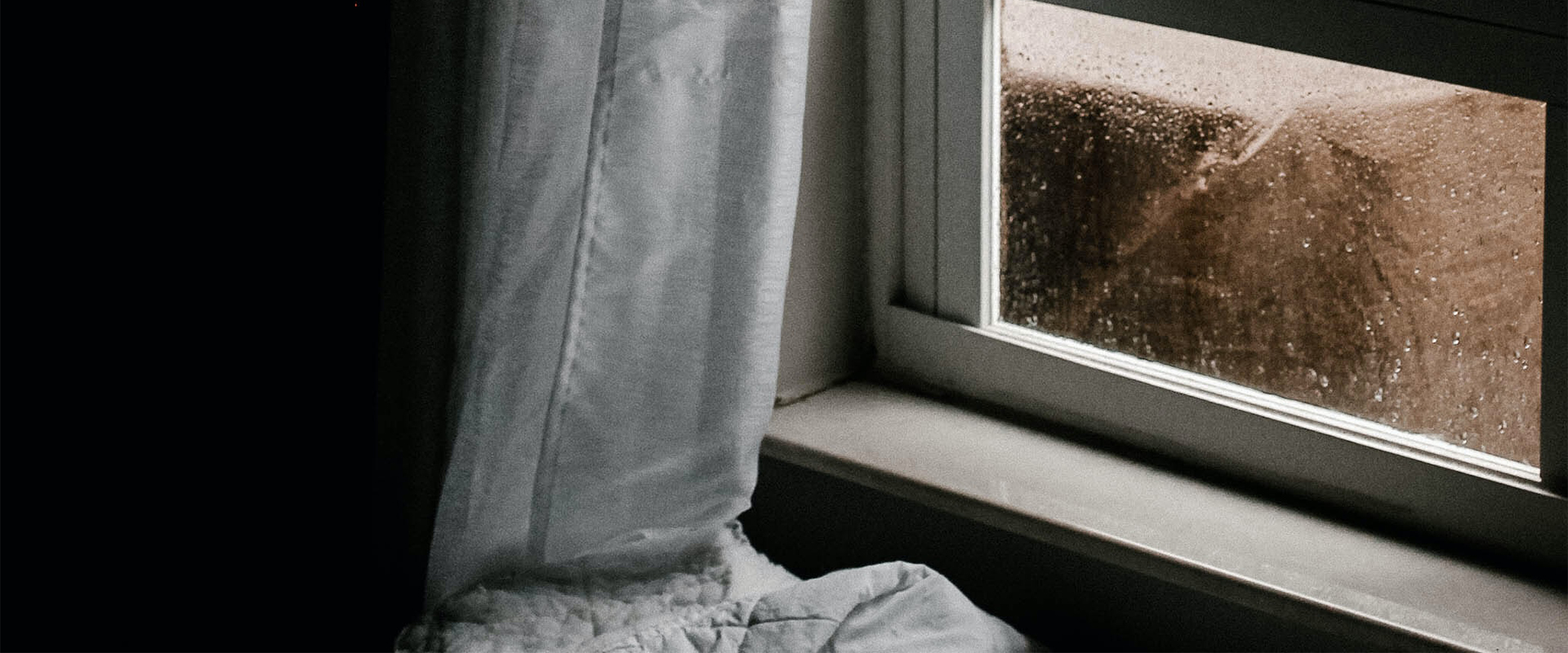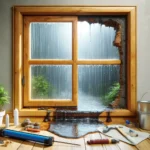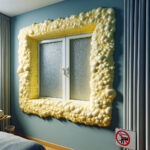Redoing masonry joints with caulking: it makes sense...
Apart from the roof, the waterproofing of your building envelope is not limited to caulking work but also to the masonry work. Unlike roofing work, caulking and masonry are intimately connected, and the repair of one also very often results in the repair of the other. Whether you need to change the spandrels or lintels around the doors and windows, or to create control seals, you have no choice but to proceed with a window seal replacement.
Unfortunately, due to our respective specialties, very few masonry or caulking companies are able to combine the two trades and perform both tasks at the same time, especially when the time comes to carry out the work consecutively, and as soon as possible.
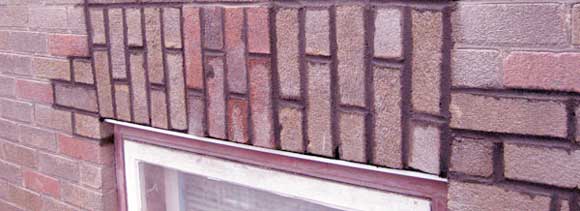
Thanks to our recognized partners, Elite Caulking is now able to offer you the complementary masonry services that need to be redone at the same time as caulking.
Whether it’s simply repairing mortar joints or replacing the waterproofing membranes of masonry structures, our experts are working hard to correct the situation by making sure to fix any potential for water infiltration.
The dimensions of your building are not a problem. Our teams of waterproofing technicians and our Masons have all the Skills and accreditations for all types of construction (residential, commercial, condominium, industrial, institutional, etc.) with no height limit.
It is very important to entrust this specialized work to competent companies that hold all the legally required permits, such as the license of the Régie du Bâtiment (RBQ) and insurance coverage for its employees (CSST) and civil liability insurance.
Why Replace a Window Seal?
When window seals are worn or defective, they can cause problems such as cold drafts, water infiltration during rains, and even hot air leaks during the summer periods. These issues can have a significant impact on the comfort of your home and the energy efficiency of your heating and cooling system. By replacing failing seals, you improve the thermal insulation of your windows, allowing you to maintain a comfortable temperature inside your home throughout the year. In addition, an effective window seal replacement helps reduce your energy consumption, which translates into savings on your electricity and heating bills. Investing in window seal replacement is therefore a wise way to improve the comfort of your home and reduce your carbon footprint.
Regular inspections of cement joints
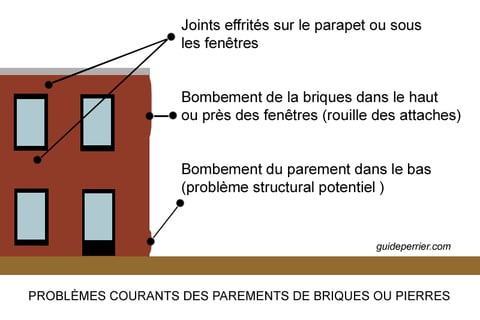
In Quebec, special attention must be paid to the condition of the caulking and masonry.
The harsh climatic conditions that we suffer season after season require systematic inspections of the condition of the caulking, masonry, façade plastering, and even the waterproofing of the foundations every autumn and spring,
You will be able to see the effect of weather and climate on these materials and to note changes such as the appearance of cracks in the caulking and masonry.
The evolution of cracks in the caulking joints and mortar joints and the appearance of stains on masonry work can provide important clues as to the suitability of the work to be done.
One thing is certain, foundation basesS to the lintels of the windows on the top floors, when there are cracks, however small, you are no longer safe from the air and water infiltration.
Air infiltration will affect your energy costs but water infiltration is more sneaky and can give you unpleasant surprises in the medium and long term. Depending on the duration of the shower, the direction and speed of the winds and the amount of water, it is not systematic to notice water infiltration inside your home. You should understand that the materials that make up your walls will absorb a large amount of water before you even see a single drop inside.
Be vigilant! Protect your building with a professional inspection
Video: Treating spandrel joints
FAQ’s
